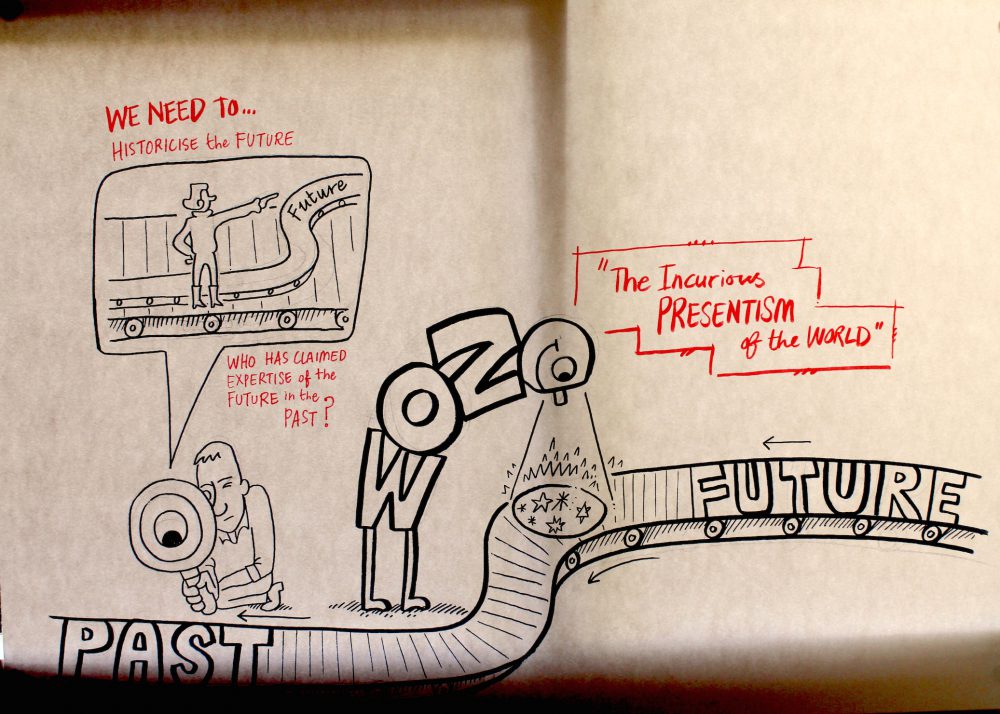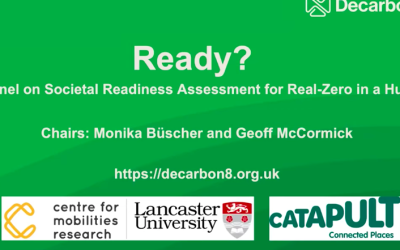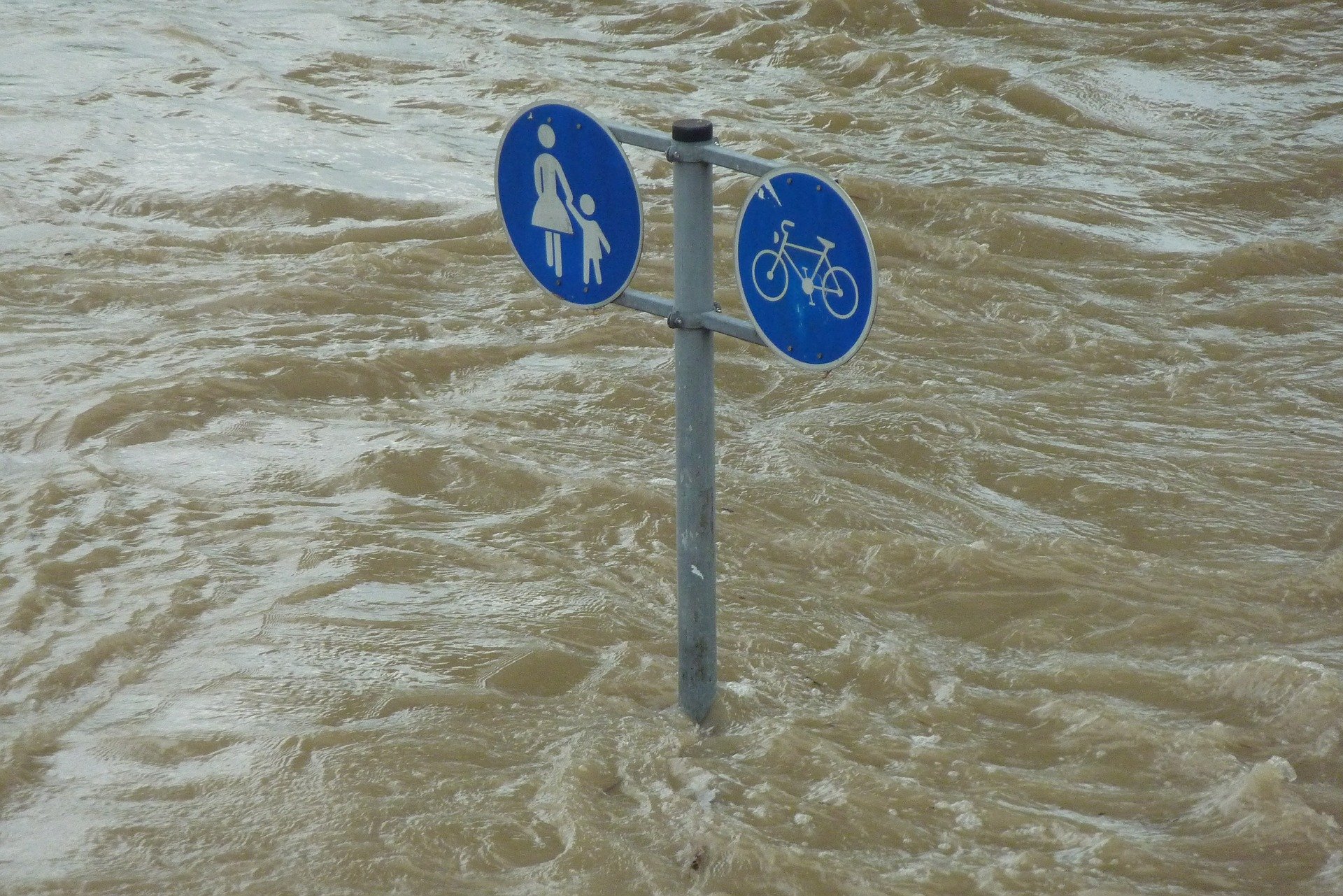Carlos López Galviz, Lecturer in The Theory and Methods of Social Futures, tells us how past futures connect with mobility and place.
I am interested in the relationship between the past and the future, particularly in the context of cities. One way of exploring that is by thinking about how the future has been envisioned in the past, by whom, under which circumstances and with what motivations. Chronology and what the French Annales School called the longue durée are helpful in this respect. Think, for example, of 1851-2051: how did people move in 1851, in 1901, 1951, 2001 and will move in 2051? What criteria should we use to draw comparisons over time and across space, and in a manner that is both pertinent and rigorous?
Carlos López Galviz is an Anniversary Lecturer at the Institute for Social Futures. His work interrogates futures thinking through the lens of ruins, cities and infrastructure. His forthcoming book will be Global Undergrounds: Exploring Cities Within (2016).
Foto: Scriberia




